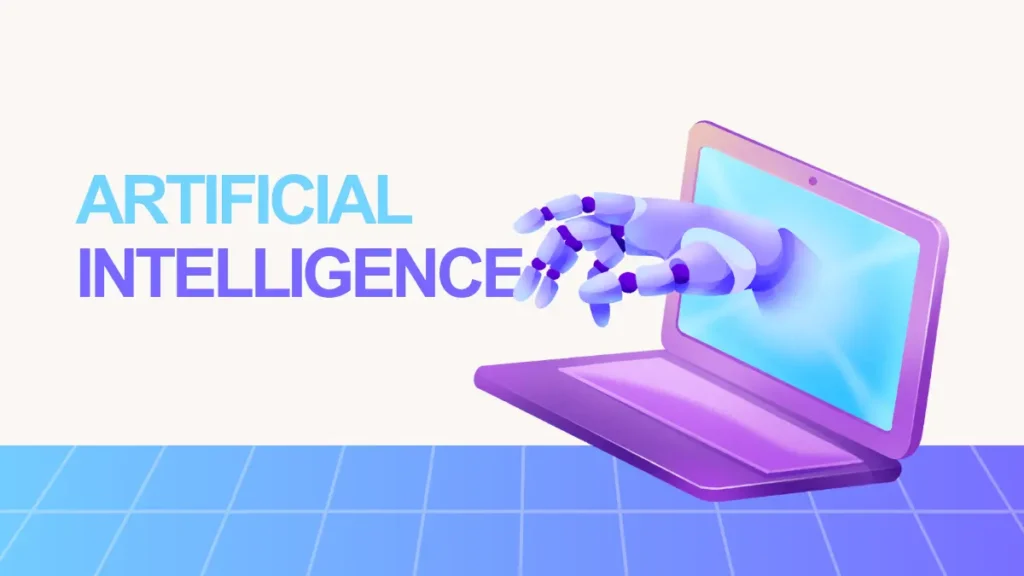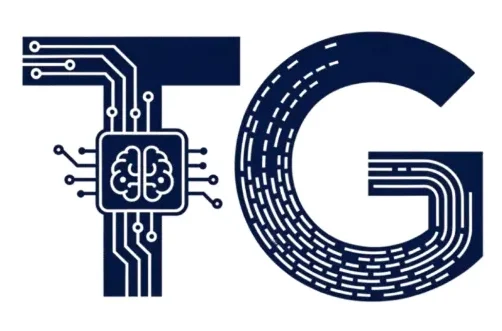Hey there,If you’ve been following tech news, you’ve probably heard about AI fraud it’s making headlines, and even Sam Altman the brilliant brain behind OpenAI, is sounding the alarm. As a tech writer who’s been digging into digital trends for over a decade, I’m here to break it down for you in a way that’s easy to get.
On July 22, 2025, Altman warned about a “fraud crisis” in banking, pointing to AI’s scary ability to fake voices and bypass security. Whether you’re a business owner, a student, or just someone trying to keep your money safe, this guide will walk you through what AI fraud is, real cases hitting hard, how it works, why it’s happening, and how to stay protected. Let’s jump in and keep you one step ahead.
Table of Contents
What is AI Fraud?
Picture a super-smart crook using artificial intelligence to pull off scams that look and sound totally real. AI fraud is when bad guys use AI tools like deepfakes, fake voices, or made-up identities to trick people into giving up cash or personal info. I’ve seen how fast tech moves, and AI makes scams way sneakier than old phone tricks or sketchy emails. It’s like a con artist with a superpower, using AI to create fake videos of your boss or a text that sounds just like your friend.
Unlike regular fraud, AI fraud is tough to spot because it uses tech like neural networks to mimic real people or data. For example, AI can clone a voice from a 30-second clip or whip up a fake ID that looks legit. Sam Altman, speaking at a Federal Reserve conference, said AI voice clones are so good they’ve “fully defeated” old security like voiceprints. This makes AI fraud a big worry for banks, businesses, and everyday folks like us.
Real-World Fraud Cases
AI fraud isn’t just a future fear it’s happening now. Here are some eye-opening cases from recent years:
- Hong Kong Deepfake Heist: In 2024, a finance worker in Hong Kong lost $25 million after a video call with deepfake versions of company executives. Scammers used public videos to fake the CFO, tricking the worker into sending funds. Soruce-Incode Blog.
- Singapore Extortion Plot: In 2025, scammers hit 100 Singaporean officials with deepfake emails, demanding $50,000 in crypto to not release fake compromising videos made from LinkedIn clips.
- India’s Digital Arrest Surge: Since January 2024, India reported over 92,000 deepfake “digital arrest” scams, where crooks posed as cops to demand bail money. Source-Forbes.
- UK Energy Scam: In 2019, a UK energy company CEO was fooled by an AI voice clone of his boss, transferring $243,000. Source-ScienceDirect.
These cases, backed by reports from the FBI and Deloitte, show how AI fraud hits hard, costing millions and shaking trust. I’ve followed these stories, and they’re a wake up call for everyone.
How AI Fraud Works: Sneaky Tricks
How do crooks pull off AI fraud? They use a few clever methods, powered by AI’s ability to learn and create. Here’s what they’re doing:
- Deepfakes: These are fake videos or audio that look real. Scammers use AI to swap faces in videos or clone voices, like in the Hong Kong case, to trick people into sending money.
- AI-Generated Content: Think phishing emails with perfect grammar or fake reviews that sound legit. AI can churn out thousands of these, like the 2024 Rytr case where fake reviews fooled shoppers.
- Synthetic Identities: Crooks mix real data (like a Social Security number) with fake details to create new identities. These “Frankenstein IDs” open bank accounts or get loans, costing $3.2 billion in 2024.
- Social Engineering: AI chatbots talk to victims in real time, making scams like romance frauds or fake job offers feel personal. LoveGPT, for example, tricks people on dating sites. GOV.UK
These tricks, powered by tools like Generative Adversarial Networks (GANs), make scams faster and harder to catch. I’ve tested AI tools myself, and their realism is spooky!
Why AI Fraud is Happening

What’s driving this wave of AI fraud? Here are the main causes:
- Easy AI Access: Tools like ChatGPT or deepfake apps are now cheap or free, letting anyone create fakes.
- Data Overload: Social media and data breaches give crooks tons of info to train AI, like your voice or photos.
- Weak Rules: Laws haven’t caught up with AI’s speed, leaving gaps for fraudsters.
- Old Security: Systems like voiceprint authentication are outdated, as Altman warned.
- Human Trust: People fall for urgent or emotional scams, like fake family calls. I’ve seen friends nearly tricked by these.
These factors, noted by experts like the FBI, create a perfect storm for AI fraud to thrive.
Why It’s a Big Deal in 2025
AI fraud is a major issue now because it’s growing fast and hitting hard. The World Economic Forum says cybercrime, including fraud, could cost $10.5 trillion by 2025. In the U.S., fraud losses hit $233-$521 billion yearly from 2018-2022. World Economic Forum It’s not just money fake reviews hurt businesses, and election scams, like 2024’s New Hampshire robocalls, mess with trust. As a tech observer, I see it shaking industries and lives.We are still reliable on AI in few years might be we can artificial general intelligence.We will need strong guideline for this technology.
How to Spot and Stop AI Fraud
Here’s how you can stay safe:
- For You:
- Check Twice: If someone asks for money or info, call them back on a trusted number. I’ve used family code words to verify calls.
- Look for Clues: Spot jerky video movements, odd voice tones, or weird email phrasing.
- Lock Down Data: Use strong passwords and limit social media sharing.
- Report It: Tell the FTC about scams at official site.
- For Businesses:
- Upgrade Security: Ditch voiceprints for multi-factor authentication.
- Use AI Tools: Banks like JP Morgan use AI to spot fraud patterns, cutting losses.
- Train Staff: Teach teams to spot deepfakes or fake emails.
These steps, backed by my research and industry reports, can keep you safe.
Is AI Fraud Detection Worth It?
Yes, it’s a game changer. AI detection tools analyze patterns like odd transactions or fake IDs and catch scams fast. The Treasury recovered $1 billion in 2024 using AI. Treasury Costs vary free trials exist, but pro systems can run hundreds monthly. For businesses, it’s cheaper than fraud losses, which hit 5% of revenue yearly.
Who Should Care and How to Use This Info
AI fraud hits businesses tracking sales, shoppers buying online, or anyone with a phone. If you’re wondering, “What is AI fraud doing to my bank account?” it could fake your boss’s voice to steal funds. Use strong security, verify requests, and report scams. I’ve helped friends spot fakes this way it works very well.
Fun Facts and Tips
Did you know AI fraud surged 900% in recent years? Special tips for my reader Look for video shadows or odd email domains to catch fakes. Stay sharp.
The Future of AI Fraud
AI fraud will get sneakier with better deepfakes, but detection tools and laws are catching up. Altman’s push for ethics could spark change by 2026.
Sum up,
That’s the deal on AI fraud a tricky problem we can tackle with smarts. Got a scam story or tip? Share below I’d love to hear. Don’t forget to share this article with your family and friends.
FAQ
What is AI fraud in simple terms?
It’s using AI to trick people with fake videos, voices, or identities for scams.
How common is AI fraud?
It’s huge $16.6 billion lost in 2024, up 33% from 2023.
Can AI fraud be stopped?
Yes, with AI detection and careful checks, but it’s a tough fight.

